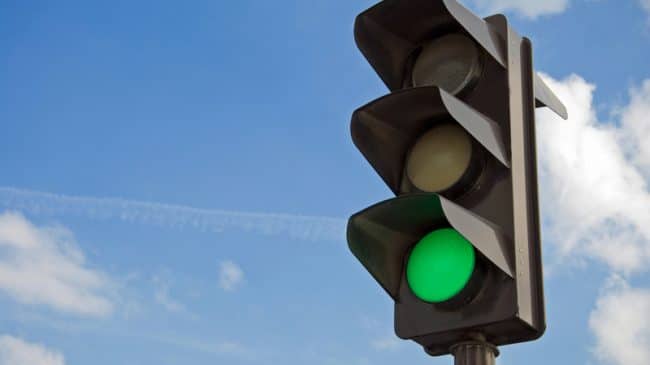Perhaps the least surprising fact about the tristate region’s road system is how terrible it is.
According to the Texas Transportation Institute, a research group associated with Texas A&M University, residents in the New York City area spend 404 million hours stuck in traffic, which adds up to more than $6.7 billion wasted in time and fuel each year. That ranks the region second only to Los Angeles. And that’s bad considering that the New York metropolitan area boasts the nation’s most-extensive and most-used public transit system.
The sad state of affairs is understandable. According to a Reason Foundation report, New Jersey ranked dead last among the states in the overall cost-effectiveness of its highway investment. New York State didn’t fare much better; it ranked 48th. Connecticut performed the best in the region with a ranking of 39.
But fortunately, this sorry condition doesn’t have to continue. The key is to recognize the fundamental ways travel patterns have changed within the area and how this influences the type of road investments that need to be made.
It’s easy to forget that more than half the area’s 20 million people – 5.5 million in northern New Jersey, 1.9 million each in mid-Hudson and southwestern Connecticut and 2.8 million on Long Island – live outside New York City’s five boroughs. So, the solution to New York’s road mess lies not in the city but in the outer reaches of the metropolitan area.
Notably, a recent analysis of commuting patterns by the New Jersey Transportation Planning Authority found that only 10 percent of northern New Jersey residents commuted into the city. More than half worked in their home county and 24 percent worked in another county in northern New Jersey.
New Jersey’s Hudson County is a case in point. The number of people working in the county fell by about 20,000 between 1990 and 2000. Where did these workers go? About 6,000 began commuting into Manhattan, but more than 10,000 people began commuting to jobs in Bergen, Essex, Middlesex, Morris and Union Counties. Thousands more started commuting in more than a dozen other counties. Commuting, on the whole, became more dispersed.
Farther north, employment in New York’s Westchester County fell by about 15,000, and now about 18,000 Westchester residents work in Connecticut’s Fairfield County.
These shifting and decentralized travel patterns create a challenge for the region’s transportation planners because they don’t lend themselves to the fixed route transit system that has served Manhattan so well in the past. The solution to the region’s traffic woes will be in more strategic road networks that reflect actual travel patterns.
Researchers at the University of North Carolina in Charlotte, in a study published by my organization, estimate that the New York-northern New Jersey metropolitan area will need at least 2,446 miles of lanes to eliminate severe congestion by 2030. Connecticut’s Bridgeport-Stamford metropolitan area will need to add at least 554 lane miles of road capacity. These investments will cost about $40 billion, but save nearly 1.3 billion hours of traffic delay each year.
Still, planners will need to do more than simply lay more asphalt. The roads will need to draw from a range of engineering technologies, including elevated lanes, tunnels and electronic tolling. Planners need to build roads that ease travel around the city and connect smaller but growing employment centers in New Jersey, New York (below Interstate 84), Long Island and Connecticut.
Among the higher priorities should be building limited-access highways that link the northern counties of New Jersey to Westchester and Fairfield Counties. This most likely means building new bridges across the Hudson River, both north and south of the Tappan Zee Bridge, and expanding local and arterial roads. Planners should explore the possibility of linking Long Island to Connecticut, via bridges or tunnels across Long Island Sound.
Other opportunities exist as well. For example converting underused railroad tracks into dedicated roads for freight or passenger car traffic could significantly expand road capacity at little cost. Peter Samuel, editor of Toll Roads News, has suggested converting the Staten Island Railway into a dedicated busway and premium toll road for passenger cars to improve access to the Verrazano-Narrows Bridge. My colleagues Bob Poole and Ted Balaker have suggested linking 494 lane miles of existing Interstate and H.O.V. lanes in the region into an integrated system of toll roads priced to provide greater speed and access to Long Island, northern New Jersey, Westchester and southwestern Connecticut. Elevated highways and tunnels along existing highways are great solutions in the most densely populated areas of the region.
The traffic woes faced by residents and commuters outside New York City are daunting. They are also solvable. But if the region is ever to be free of its reputation as the nation’s chokepoint, planners and transportation officials need to apply the latest technologies within a framework that reflects how and why people travel.
